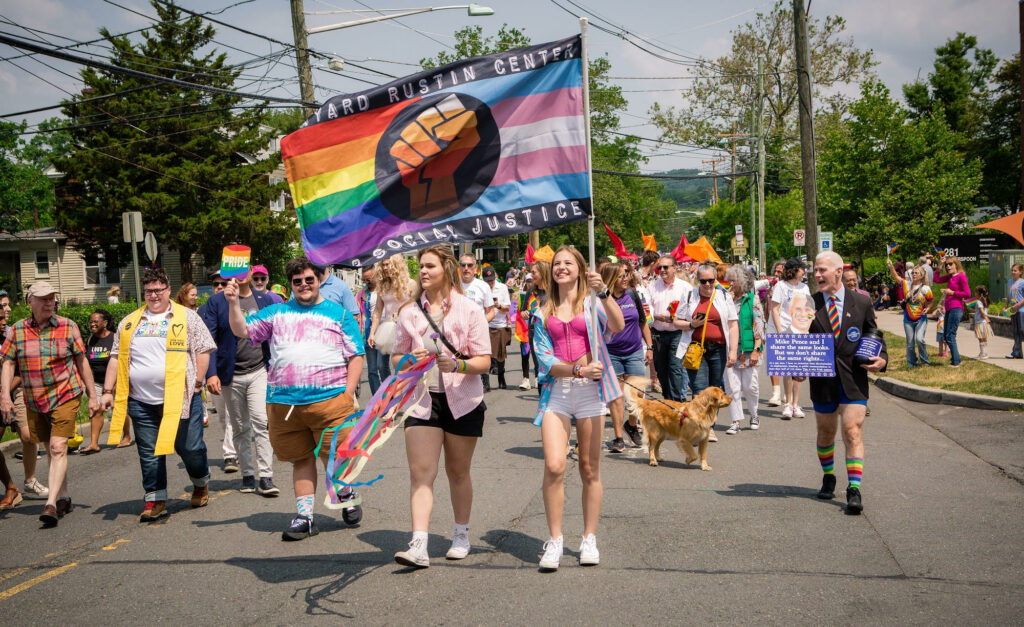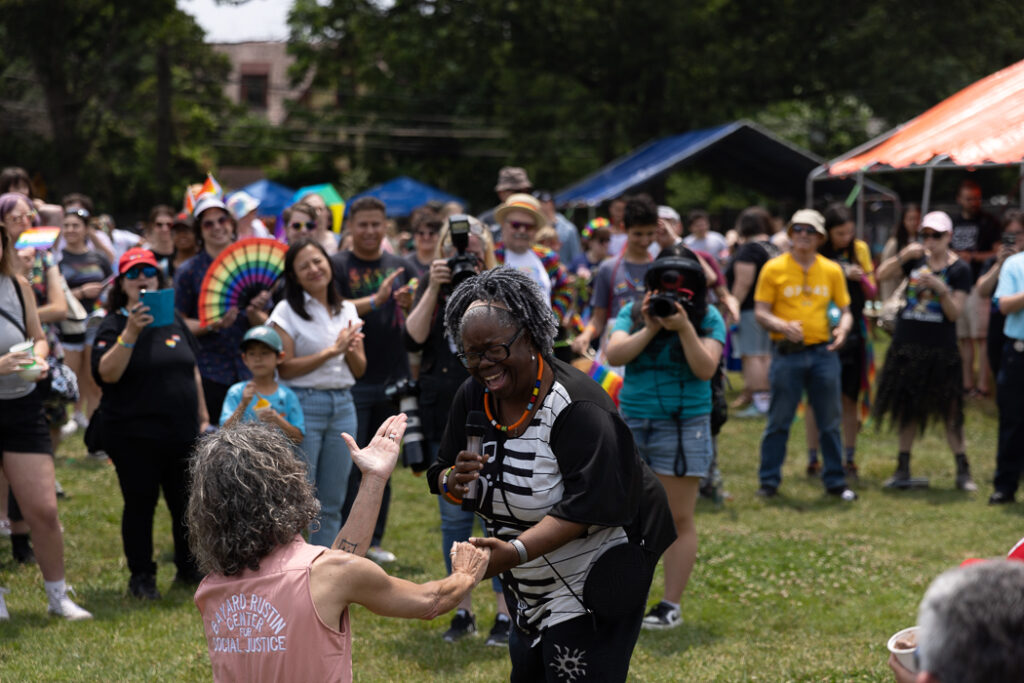Princeton Pride will be a “celebration of queer joy” this Saturday when people gather together to march in the parade and dance at the afterparty.
On June 22, the parade and march in solidarity organized by the Bayard Rustin Center for Social Justice (BRCSJ) begins at 11 a.m. at the Princeton Municipal Building on 400 Witherspoon St.
Pride flags will be waved, and Pride colors worn as marches make their way from Witherspoon Street to Paul Robeson Place where the after party occurs at the Princeton YMCA great field.
“Every Pride is someone’s first Pride,” said Robt Martin Seda-Schreiber, BRCSJ chief activist. “Every Pride allows folks across the rainbow spectrum to see the potential and promise of how they can live their lives fully, who they can love openly and simply and beautifully who they can be, and who they are – Pride saves lives.”

BRCSJ organized Princeton’s first Pride parade in 2019 but the parade went virtual for the following years in 2020 and 2021 because of the COVID-19 pandemic. Princeton Pride returned back in person in 2022 to more than 4,000 participants and observers.
The parade’s grand marshal this year is Walter Naegle, who is not only a board member Emeritus of BRCSJ, but the executive director of the Bayard Rustin Fund.
He was Bayard Rustin’s life partner for the last 10 years of Rustin’s life. Rustin was a civil rights leader who organized the March on Washington.
Flag bearers for the parade will be Roxbury High GSA and community members. Along with the flag bearers, drag queens Cissy Walken and Byancaraye Lovestorm-prime will be marching.
“Our goal as the organizers of Princeton Pride, and in the work we do every day at the Bayard Rustin Center for Social Justice, is to make sure that every person, no matter how they identify, who they love, or where they are in their personal journey, feels welcomed, loved, and celebrated,” said Sara Wasserman, BRCSJ community organizer, a queer educator and head of New Jersey operations, adding Pride is about so much more than just a day in June.
“It started as a protest and continues as a movement to fight for the rights of our LGBTQIA community members who are under direct attack across the country. We create the place and space for everyone to gather, so that we can march in solidarity, and dance in celebration of how far we’ve come, and how far we still have to go in our collective fight for equity.”

